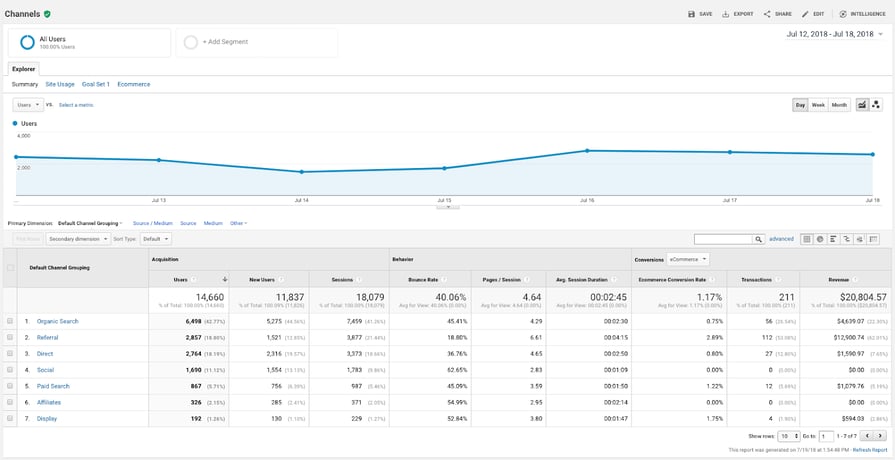Index Surge: Amplifying Your Insights
Stay updated with the latest trends and news across various industries.
Diving into Data: What Google Analytics Isn't Telling You
Uncover hidden insights and secrets in your analytics. Discover what Google Analytics isn't revealing about your data!
Unlocking Hidden Insights: What Google Analytics Misses
While Google Analytics is an invaluable tool for tracking website traffic and user behaviors, it often misses nuanced insights that can lead to more effective decision-making. For instance, while it provides data on page views and unique visitors, it lacks depth in understanding user engagement. Metrics such as time spent on specific sections of a page or the scrolling behavior can reveal how compelling your content really is. Incorporating tools that offer session replay and heatmapping can complement Google Analytics by illustrating exactly where users are focusing their attention.
Another critical area where Google Analytics falls short is in tracking the customer journey across multiple channels. It excels at detailing direct traffic sources but often neglects the influence of social media interactions or email campaigns on user conversions. To gain a more holistic view, it’s essential to integrate Google Analytics with customer relationship management (CRM) tools and social media analytics. By doing so, marketers can unlock hidden insights into how various touchpoints contribute to overall conversion rates, allowing for better-targeted marketing strategies.

Beyond the Basics: Advanced Analytics Techniques for Deeper Insights
In the digital age, advanced analytics techniques are essential for extracting deeper insights from vast amounts of data. While basic analytics methods focus on descriptive statistics, advanced techniques such as predictive analytics, machine learning, and sentiment analysis enable businesses to forecast future trends and behaviors. For instance, companies can utilize predictive models to analyze customer buying patterns, optimizing marketing strategies and improving customer retention rates. By embracing these advanced methods, organizations can move beyond merely reporting what has happened to understanding why it happened and what could happen next.
Moreover, employing data visualization tools can complement these advanced analytics techniques by offering intuitive ways to present complex datasets. Effective visualizations, such as heat maps and scatter plots, allow analysts to pinpoint correlations and patterns that might be overlooked in standard reports. It's crucial to combine advanced analytics with visualization tools to facilitate data-driven decision-making. As businesses strive for a competitive edge, the integration of these methodologies will provide the deeper insights necessary to drive strategic initiatives and foster innovation.
Is Your Data Telling the Whole Story? Exploring Google Analytics Limitations
In the world of digital marketing, Google Analytics has become a cornerstone for understanding user behavior and website performance. However, it’s essential to recognize that Google Analytics limitations can distort the overall narrative your data is trying to convey. For instance, while it provides a wealth of information about user demographics and behavior patterns, there are critical aspects, such as the emotional context of user interactions and offline activities, that remain unquantified. As a result, marketers may find themselves making decisions based on an incomplete picture of their audience.
Moreover, data sampling and filter configurations can lead to skewed results, making it difficult to draw accurate conclusions from your analytics. When examining metrics like bounce rates or session durations, it’s crucial to remember that these figures represent aggregated behaviors, which may not reflect individual user journeys. To truly understand what your data is telling you, complementing Google Analytics with additional tools and qualitative research methods is vital. By acknowledging these limitations, you can better interpret the story your data tells and develop more effective marketing strategies.